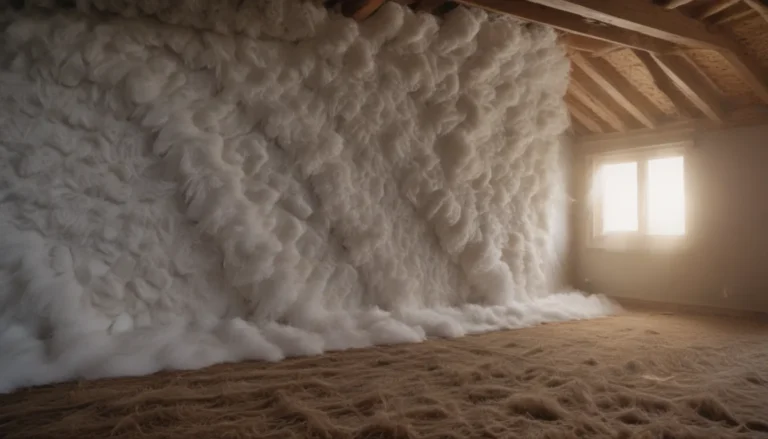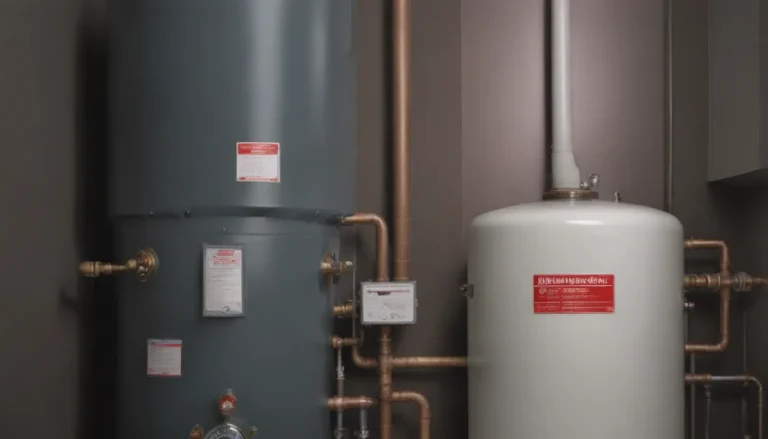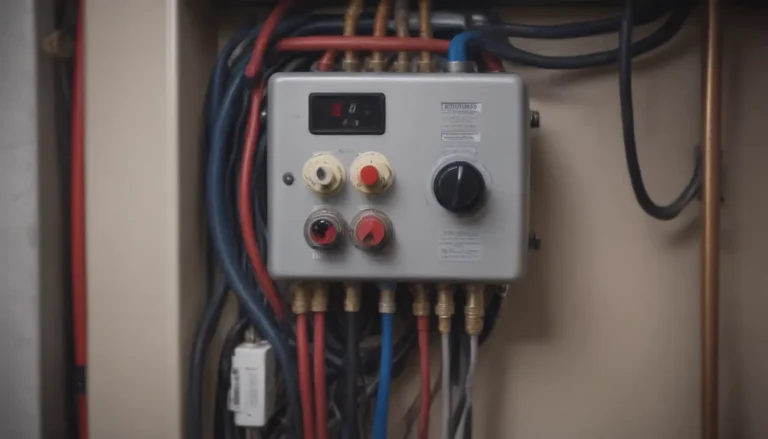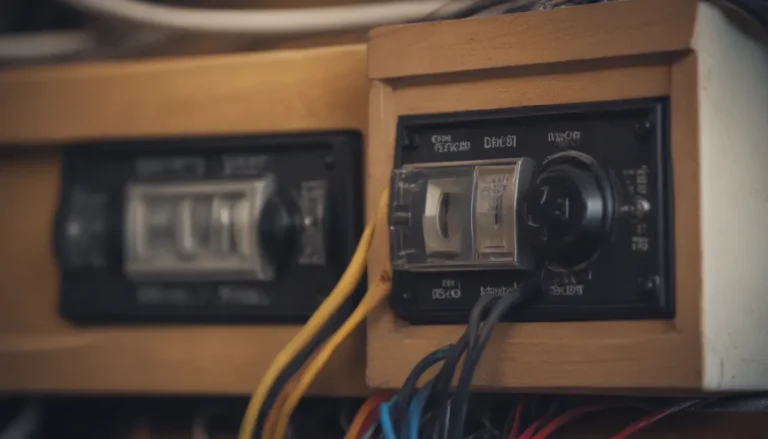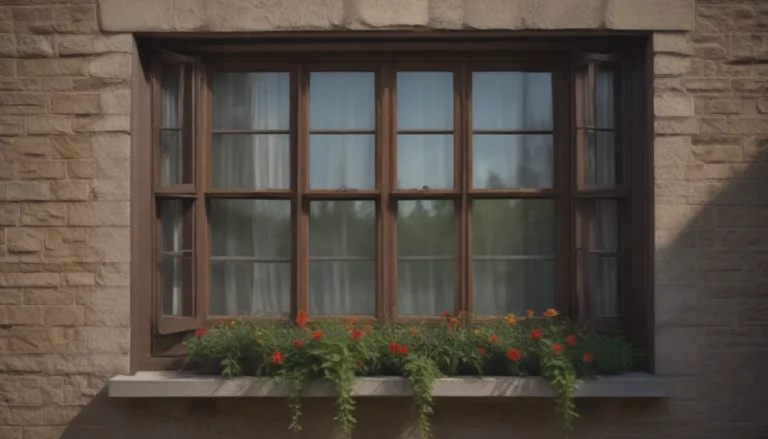The Ultimate Guide to Bathtub Reglazing Solutions
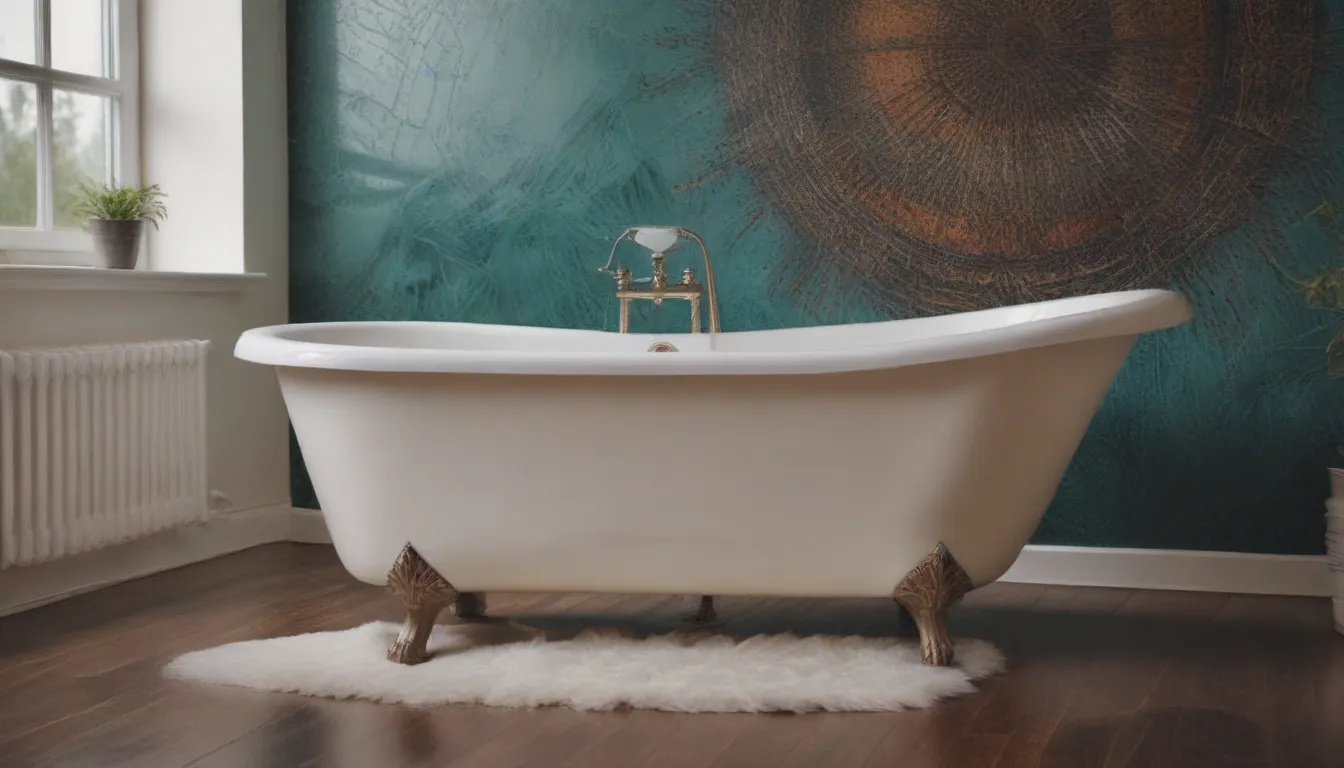
Are you facing issues with your bathtub reglazing? Whether you have a porcelain, enamel, or fiberglass tub that has become chipped, scratched, or cracked, reglazing can be a cost-effective solution to extend the life of your tub. However, what do you do when your reglazing job starts to show signs of wear and tear after a few years? In this comprehensive guide, we will explore four solutions to common reglazing problems and provide you with valuable tips to maintain and repair your bathtub. Let’s dive in!
Understanding Bathtub Reglazing
Bathtub reglazing, also known as refinishing or resurfacing, involves applying a new coating to your existing tub to restore its appearance and functionality. This process can help you save money on replacing your bathtub and reduce waste material sent to landfills. While reglazing can give your tub a fresh look, it is important to address any issues that may arise over time to ensure its longevity.
4 Solutions to Bathtub Reglazing Problems
1. How to Patch a Reglazed Tub
When you notice damage or wear on your reglazed tub, patching can be a cost-effective solution to address specific areas without the need for a complete reglazing job. Follow these steps to patch a reglazed tub effectively:
- Find a Color Match: Assess the color of your bathtub and choose a patching compound that closely matches the color.
Tip: Close color matching is key to achieving a seamless repair.
-
Clean the Tub: Use a non-abrasive household cleaner to clean the damaged area and ensure a strong bond between the patching compound and the tub surface.
-
Mix the Patching Compound: Combine the resin and hardener components of the patching compound on a piece of cardboard until fully mixed.
-
Apply the Patching Compound: Use a putty knife to apply a thin layer of the patching compound to the damaged area, ensuring it overlaps the edges for a smooth finish.
-
Sand the Patch: Once the patch has cured, sand it down with fine-grit sandpaper to achieve a uniform surface.
Tip: If needed, apply a second patch for added thickness and durability.
2. Fully Reglaze the Tub
For a more comprehensive solution, fully reglazing your tub can provide a longer-lasting finish and address overall wear and tear. Here are the steps to fully reglaze your bathtub:
- Professional Refinishing: Hire a professional bathtub refinisher for best results, as they can adequately prepare the tub surface and apply a solid coating.
Tip: Proper preparation and cleaning are crucial for a successful reglazing job.
- Apply a Second Coat: Ensure any flaking, dings, or nicks are fixed before applying a second coat of reglazing to achieve a durable finish.
Tip: Limit repeat refinishing applications to maintain the integrity of the coating.
3. Install a Bathtub Liner
A bathtub liner can provide a quick and convenient solution to cover up an aging tub surface. Here’s what you need to know about installing a bathtub liner:
-
Precise Measurement: A professional liner company will take precise measurements of your tub to custom-fit a liner that matches its size and contours.
-
Considerations: Keep in mind that bathtub liners can reduce the tub size and may leak if not properly installed, leading to mold and mildew issues.
-
Cost and Longevity: Bathtub liners can cost upwards of $2,000 and may require several weeks for fabrication. Ensure you choose a reputable company with references for long-term durability.
4. Install a New Bathtub
If your tub is beyond repair or reglazing, installing a new bathtub may be the most practical solution. Here are some factors to consider when installing a new bathtub:
-
Cost Comparison: While the national average cost of replacing a bathtub is $3,000 to $4,000, consider the long-term expenses of repeated refinishing or liner installations.
-
Budget Consideration: Evaluate your budget and the lifespan of a new bathtub to determine if replacement is the most cost-effective option.
Tip: Installing a new bathtub can provide a long-term solution for aging tubs.
Conclusion
In conclusion, addressing bathtub reglazing problems requires a combination of maintenance, repairs, and potential replacements. By following the solutions outlined in this guide, you can effectively maintain and extend the life of your bathtub. Whether you choose to patch specific areas, fully reglaze the tub, install a liner, or opt for a new bathtub, it’s essential to consider the long-term benefits and costs of each solution. Remember to prioritize proper cleaning, color matching, and professional installation for optimal results. Your bathtub will thank you for it!
